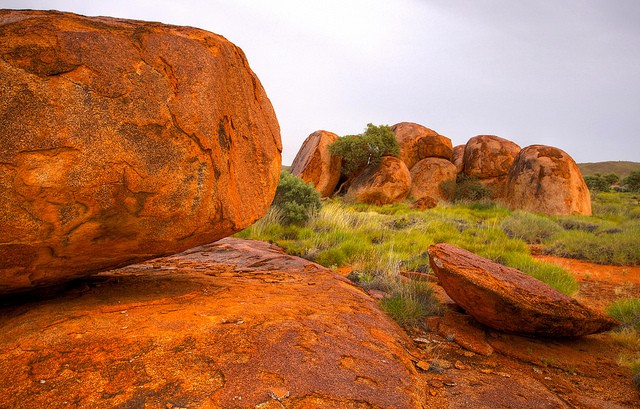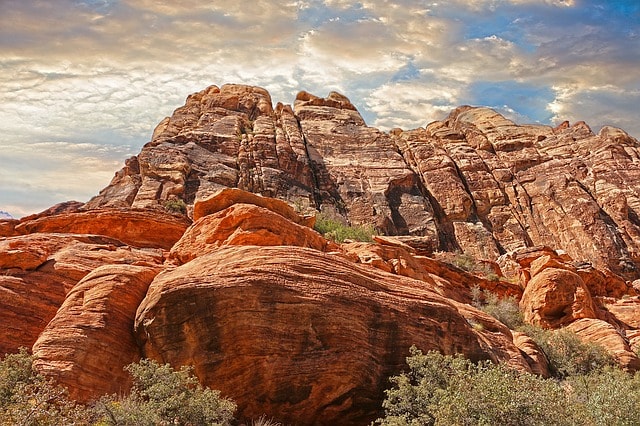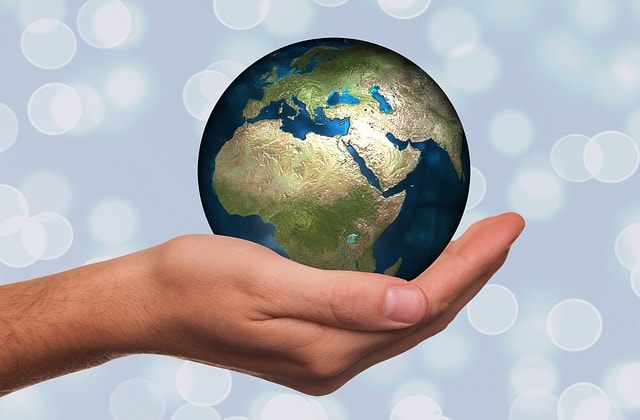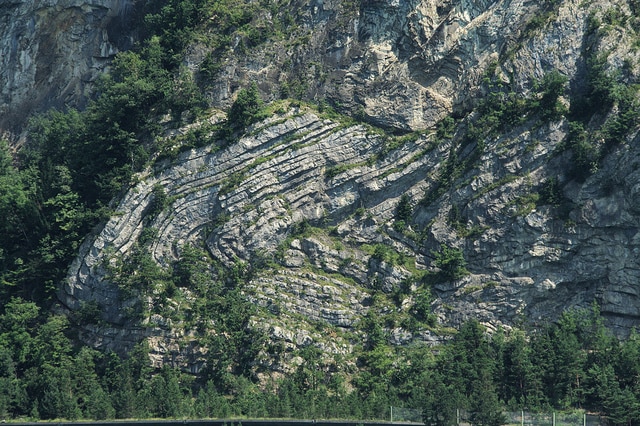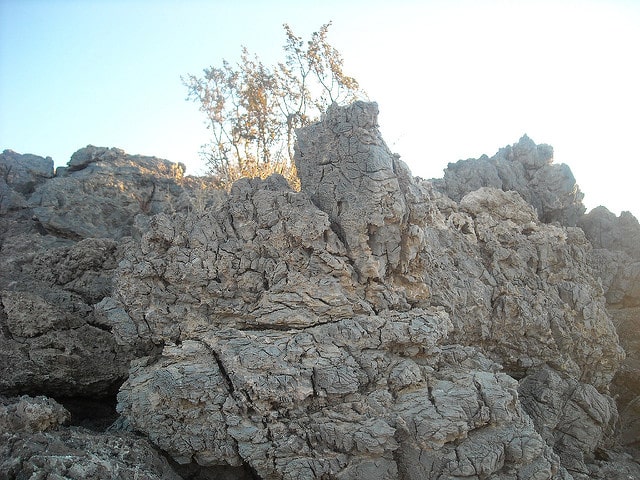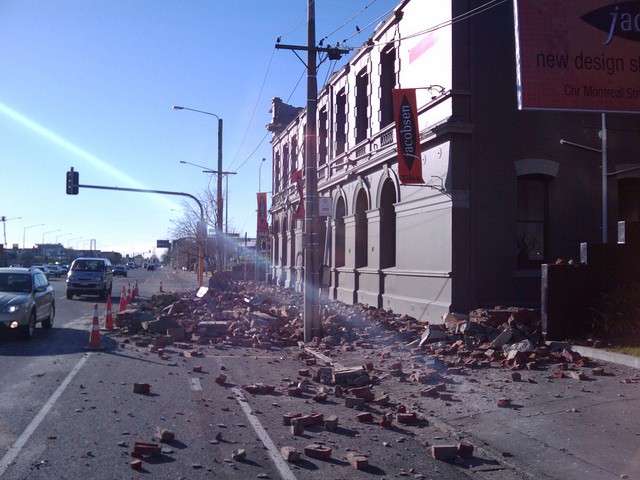What is a Mineral and How do Minerals Form and it’s Properties
Many have looked at a rock and wondered how it came to be. Well, the history of rocks begun about 4.5 billion years ago, when dust and gas combined to form the very rocks that make up our beautiful planet. Rocks are the stuff of stars since they were created from elements harnessed far of…

